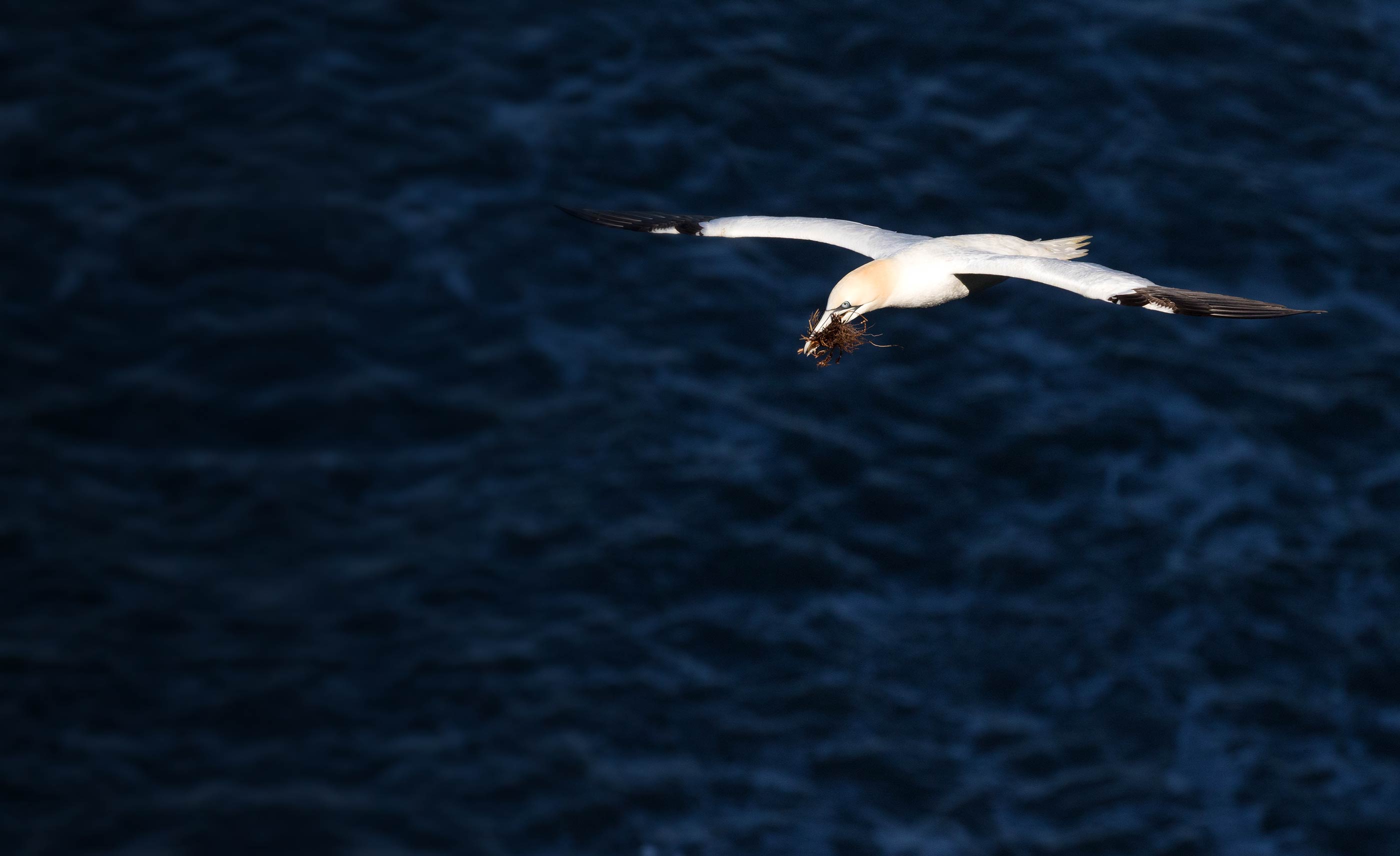History of Barn Owl Monitoring
Although the Barn Owl is now one of the most distinctive and well-loved birds in the UK, the species has not always been so popular. During the Victorian era, hundreds of Barn Owls were trapped, poisoned or shot by gamekeepers, being blamed (along with other birds of prey) for gamebirds losses.
The Victorian obsession with collecting resulted in stuffed Barn Owls becoming a common sight in many homes. The very attractive Barn Owl feathers and wings were also used for decorative purposes, especially by the millinery trade.
A series of severe winters during the period 1860 to 1900 may also have contributed to the decline. Little wonder that by the end of turn of the century, many nature lovers started to become really concerned about Barn Owls numbers. Some people noted that the species did not seem to be as common as it had once been, but this information had never been quantified.
1932
The first national Barn Owl survey carried out by George Blaker in 1932 was an ambitious undertaking. This work relied on a network of observers, as well as gathering reports following publicity in the national press.
The survey estimated that there were around 12,000 pairs of breeding Barn Owls in England and Wales. Blaker noted that the species appeared to have been in decline for about 30 or 40 years, but that the rate of decline seemed to have increased from 1928 onwards.
Although this survey was pretty pioneering in the field of ornithology, it was only carried out for one year. Therefore it is not possible to ascertain whether 1932 was a ‘peak’ or a ‘trough’ year.
1968-72
By the time of the first BTO Breeding Atlas, it was estimated that there were between 4,500-9,000 breeding pairs of Barn Owls in Britain and Ireland. However, the methodology used for the Atlas work and the elusive nature of the species probably means that breeding numbers were under-recorded.
1982-85
The Barn Owl decline appears to have continued until after the Second World War. In 1982-85, fifty years after Blaker’s survey, the Hawk Trust (the former name of the Hawk & Owl Trust) conducted another Barn Owl survey. This came up with a figure of 4,451 pairs of nesting Barn Owls (British Isles).
It should be noted that these surveys are not directly comparable: the regions covered and the methodology used differed between them. Nevertheless the results do indicate that a serious decline had occurred during this period.
1988-91
The second BTO Breeding Atlas estimated that the UK breeding population had fallen to less than 1,400 pairs, but once again the methodology used probably meant that the species was under-recorded. However a comparison of Barn Owl distribution between the two BTO Atlases does show a 37.5% decline in range.
1995-97
The BTO joined forces with the Hawk & Owl Trust to conduct Project Barn Owl, a national survey using standardised methods that could be repeated in future years. Between 1995 and 1997, approximately 900 randomly selected 2x2 km squares throughout the whole of the UK were searched for potential nest sites and breeding Barn Owls. The project estimated a UK population of 4,000 pairs of breeding Barn Owls.
Unfortunately large-scale national surveys can only be carried out once a decade or so, so these may not be able to warn us of any rapid population changes that could prove problematic to the species. In addition, although these surveys indicate whether Barn Owl numbers have changed over time, they do not tell us why they have changed.
Project Barn Owl identified the need for an annual monitoring programme for Barn Owls to highlight potential population changes over a much shorter time frame, and to investigate changes in productivity. It was realised that such a programme would be a vital tool to help direct future Barn Owl conservation work.
2000-present
The Barn Owl Monitoring Programme (BOMP) was initially piloted in 2000. A set of ‘core’ Barn Owl nest sites were selected and the data for these collected by Colin Shawyer and colleagues from the Wildlife Conservation Partnership (WCP). The following year all BTO Barn Owl ringers and nest recorders were contacted and asked to register any Barn Owl nest sites they visited, forming the main ‘BOMP network’.
The subsequent popularity of BOMP indicates that we have ‘tapped into’ the wealth of interest and enthusiasm that exists amongst Barn Owl workers in the UK. Data from Barn Owl sites are now being gathered in a standardised format, to enable efficient and accurate analysis. Over 880 Barn Owl sites are currently being monitored by BOMP, which represents a very significant proportion of the UK population.
The BTO is extremely grateful to the Sheepdrove Trust and Natural England for their very generous support for the Barn Owl Monitoring Programme.






Share this page